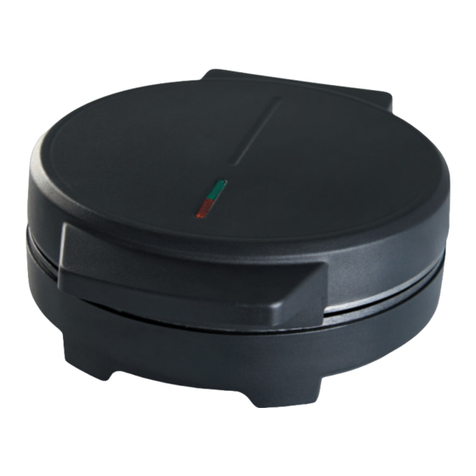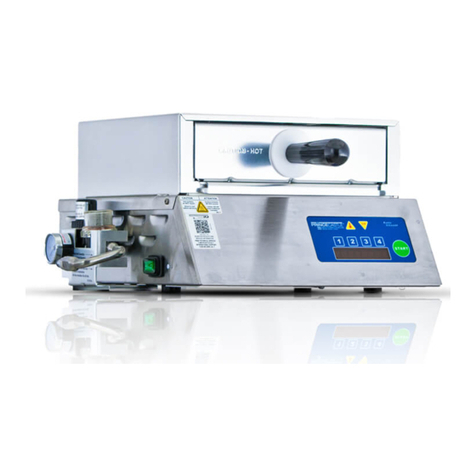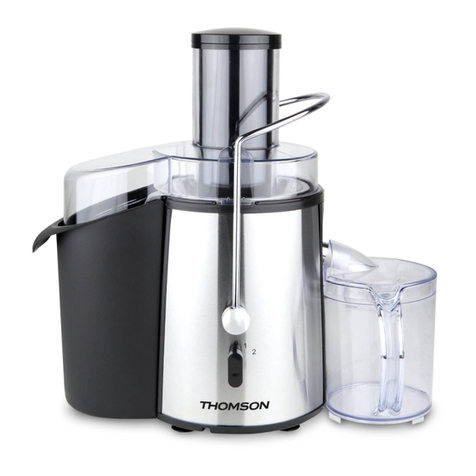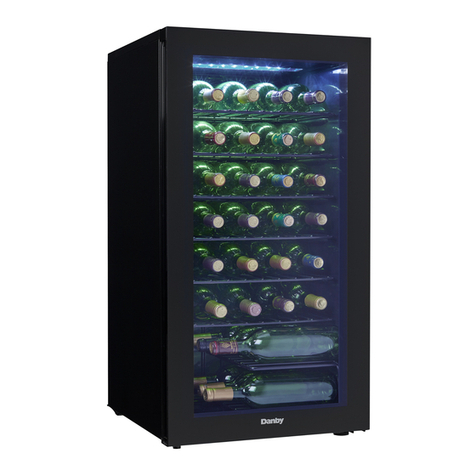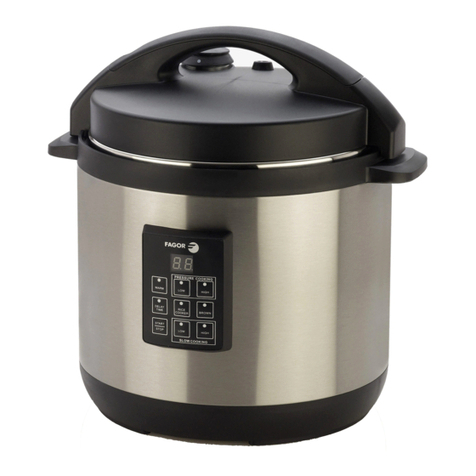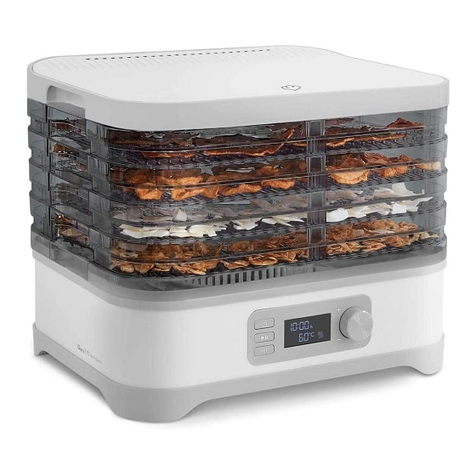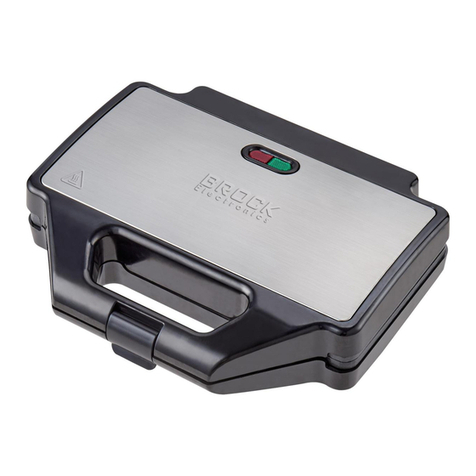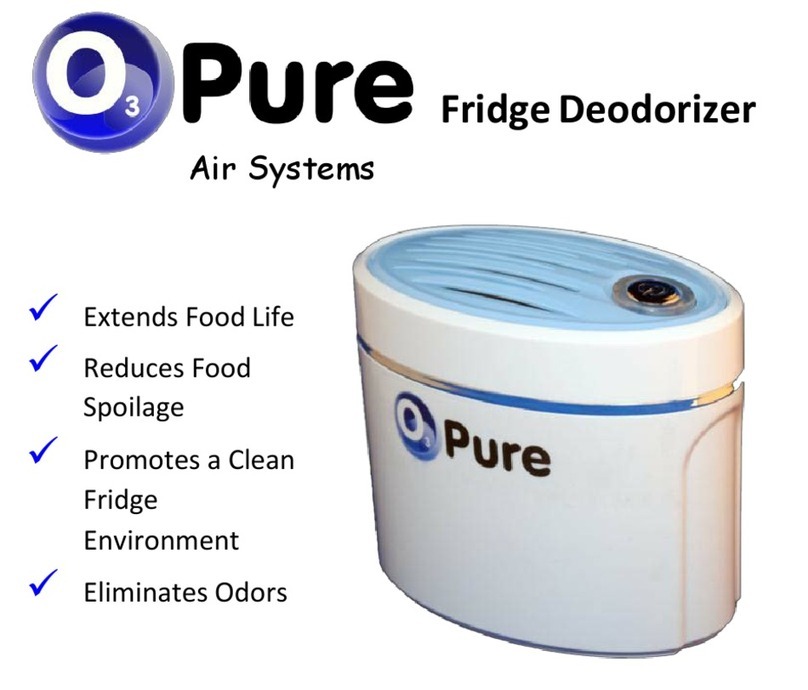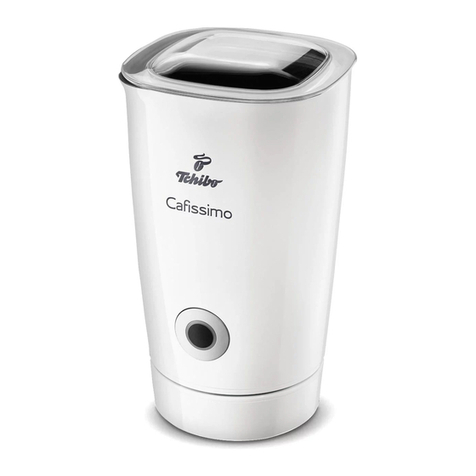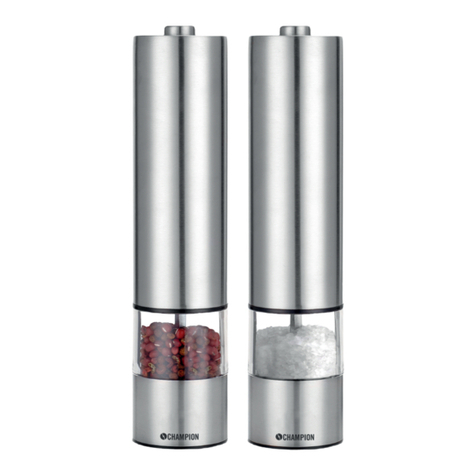Norlake AR081 Manual

MILK COOLERS
Installation, Operation, and
Maintenance Instructions
INSPECTION
When the equipment is received, all items should be carefully checked against the bill of lading to
insure all crates and cartons have been received. All units should be inspected for concealed
damage by uncrating the units immediately. If any damage is found, it should be reported to the
carrier at once, and a claim should be filed with the carrier. This equipment has been inspected and
tested in the Nor-Lake Manufacturing Facility and has been crated in accordance with
transportation rules and guidelines. Manufacturer is not responsible for freight loss or damage.
INSTALLATION
LOCATION
The self-contained refrigeration system located on the side of the cabinet requires free air access
for proper operation. There must be a minimum four-inch clearance between the sides of the
compressor compartment and building wall or other equipment.
Physical Specifications
Unit Exterior Dimensions
Model Width x Depth x Height*
AR081 47 1/4” 32 3/4” 33 1/4”
AR121 61 1/4” 32 3/4” 33 1/4”
AR161 75 1/4” 32 3/4” 33 1/4”
•Note: Height dimension includes casters.
NOTE:
If one door is flipped open, the total door assembly may be slid from end to end for ease of
accessibility and loading. The total door assembly is also completely removable. However, care
must be taken when repositioning the door assembly on the cabinet to insure the correct door is on
the correct end of the cabinet, because the location of the locating pins on the interior of the doors
is different.
8/06 134682

2
ELECTRICAL
Check the proposed outlet to be used to insure that the voltage, phase, and current carrying
capacity of the circuit from the electrical panel correspond to the requirements of the cabinet.
NEVER use an extension cord to power any unit. All wiring between the electrical panel and the unit
must be done in accordance with the National Electric Code and all state and local codes. Refer to
the Electrical Data below and the Serial Tag for all pertinent electrical information.
Observe all Warning Labels. Disconnect power supply to eliminate injury from electrical
shock or moving parts when servicing equipment.
Electrical Data
Unit Type of Plug
Model Connection Configuration Volt/Hz/Ph
AR081 Cord L-15P See Serial Tag
AR121 Cord L-15P See Serial Tag
AR161 Cord L-15P See Serial Tag
GENERAL OPERATION
The milk coolers are cooled entirely by forced air evaporator. During the refrigeration process, heat
is removed through the evaporator tubing and expelled through the condensing unit. It is important
that the flow of air through the side louvers is not restricted in order to ensure the condensing unit
operates properly. Under normal operating conditions, any frost that might accumulate on the walls
during the "on" cycle of the condensing unit may melt during the "off" cycle. Drains are installed in
all milk coolers to accommodate melting frost.
The refrigeration system on this cabinet utilizes a programmable temperature controller to
control the temperature and defrost settings. The controller, which is located in the
condensing unit enclosure, is factory set. Please see the default settings sheet and separate
instructions that are included on the operation of this controller.
During the operation of the refrigeration unit, frost will periodically form on the evaporator coil
surface. Each time the compressor cycles “off”, the evaporator fans will continue to run, which will
keep the internal temperature uniform and, at the same time, remove any frost build up on the coil.
The water produced will collect in the condensing unit drain pan and evaporate.

3
GENERAL MAINTENANCE
PERIODIC CLEANING
Beginning with the initial installation, the interior surfaces of the cabinet should be periodically
wiped down with a solution of warm water and baking soda. This solution will remove any odors
from spillage that has occurred. The exterior of the cabinet should also be cleaned frequently with a
commercial grade glass cleaner or with mild soap and water. Never, under any circumstances, use
an abrasive cleaner or alkaline solution.
Monthly cleaning of the condenser will aid the heat transfer characteristics of the refrigeration
system and increase its efficiency. To accomplish this, remove the louvered panel from the cabinet
and use a wire brush to loosen any dirt particles that are attached to the fins. Use a vacuum cleaner
to remove the loosened particles. Failure to keep the condenser coil clean and clear of
obstructions could result in temperature loss and damage to the compressor.
All moving parts have been permanently lubricated and will generally require no maintenance.
SERVICE
Any correspondence pertaining to these cabinets should be directed to the Service Department of
Nor-Lake, Incorporated. Be sure to include the cabinet model number and serial number with
any correspondence.
800-388-5253 Parts/Service
Nor-Lake, Incorporated 800-388-5253 Parts/Service
727 Second Street 800-955-5253 Sales
P.O. Box 248 715-386-2323
Hudson, Wisconsin 54016 715-386-6149 Fax

4
MAINTENANCE SERVICE AND ANALYSIS GUIDE
REFRIGERATION SYSTEMS - ALL MODELS
MALFUNCTION POSSIBLE CAUSE SOLUTION
Compressor will not start - 1. Service cord unplugged 1. Plug in service cord
no hum 2. Fuse blown or removed 2. Replace fuse
3. Overload tripped 3. Determine reasons and correct
4. Control stuck open 4. Repair or replace
5. Wiring incorrect 5. Check wiring against the diagram
Compressor will not start - 1. Improperly wired 1. Check wiring against the diagram
hums but trips on overload 2. Low voltage to unit 2. Determine reason and correct
protector 3. Starting capacitor defective 3. Determine reason and replace
4. Relay failing to close 4. Determine reason, correct or replace
Compressor starts and runs, 1. Low voltage to unit 1. Determine reason and correct
but short cycles on overload 2. Overload defective 2. Check current, replace overload protector
protector 3. Excessive head pressure 3. Check ventilation or restriction in
refrigeration system
4. Compressor hot-return gas hot 4. Check refrigerant charge, fix leak if
necessary
Compressor operates long 1. Short of refrigerant 1. Fix leak, add refrigerant
or continuously 2. Control contact stuck 2. Repair or replace
3. Evaporator coil iced 3. Determine cause, defrost manually
4. Restriction in refrigeration 4. Determine location and remove restriction
system
5. Dirty condenser 5. Clean condenser
Compressor runs fine, but 1. Overload protector 1. Check wiring diagram
short cycles 2. Cold control 2. Differential too close - widen
3. Overcharge 3. Reduce charge
4. Air in system 4. Purge and recharge
5. Undercharge 5. Fix leak, add refrigerant
Starting capacitor open, 1. Relay contacts stuck 1. Clean contacts or replace relay
shorted or blown 2. Low voltage to unit 2. Determine reason and correct
3. Improper relay 3. Replace
Relay defective or burned out 1. Incorrect relay 1. Check and replace
2. Voltage too high or too low 2. Determine reason and correct
Refrigerated space too warm 1. Control setting too high 1. Reset control
2. Refrigerant overcharge 2. Purge refrigerant
3. Dirty condenser 3. Clean condenser
4. Evaporator coil iced 4. Determine reason and defrost
5. Not operating 5. Determine reason, replace if necessary
Standard temperature system 1. Control setting is too low 1. Reset the control
freezes the product 2. Control points stuck 2. Replace the control
Objectionable noise 1. Fan blade hitting fan shroud 1. Reform or cut away small section of shroud
2. Tubing rattle 2. Locate and reform
3. Vibrating fan blade 3. Replace fan blade
4. Condenser fan motor rattles 4. Check motor bracket mounting, tighten
5. General vibration 5. Compressor suspension bolts not loosened
on applicable models - loosen them
6. Worn fan motor bearings 6. Replace fan motor
Pan Area 1. No cooling 1. Make sure switch is in the "on" position
2. Too cold 2. Adjust temperature control - see instructions
under pan area
3. Too warm 3. Adjust temperature control - see instructions
under pan area

5
Nor-Lake, Inc. • PO Box 248 • Hudson, WI 54016 • 800-388-5253 Service • 715-386-2323 Sales • 715-386-6149 FAX
This manual suits for next models
2
Table of contents
Popular Kitchen Appliance manuals by other brands
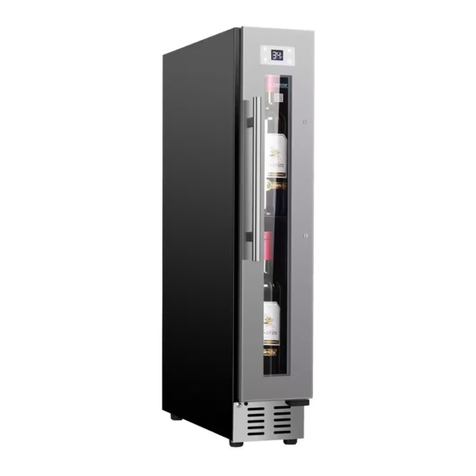
Equator
Equator WR 09 SL owner's manual

KitchenAid
KitchenAid KBCS24LSBS04 Use & care guide
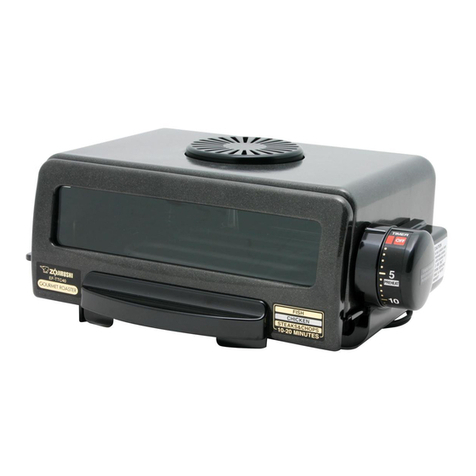
Zojirushi
Zojirushi EF-TTC40 operating instructions
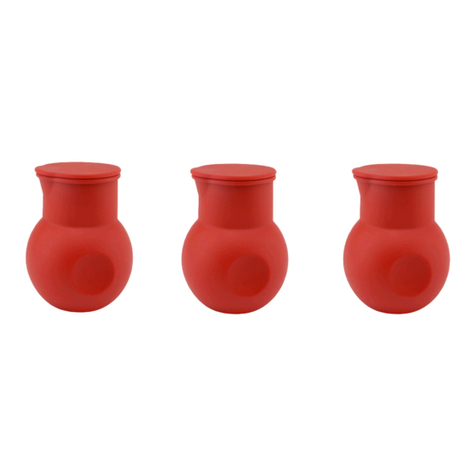
Cook's Companion
Cook's Companion 3 Piece Sauce Warmer & Melting Bottle Set manual
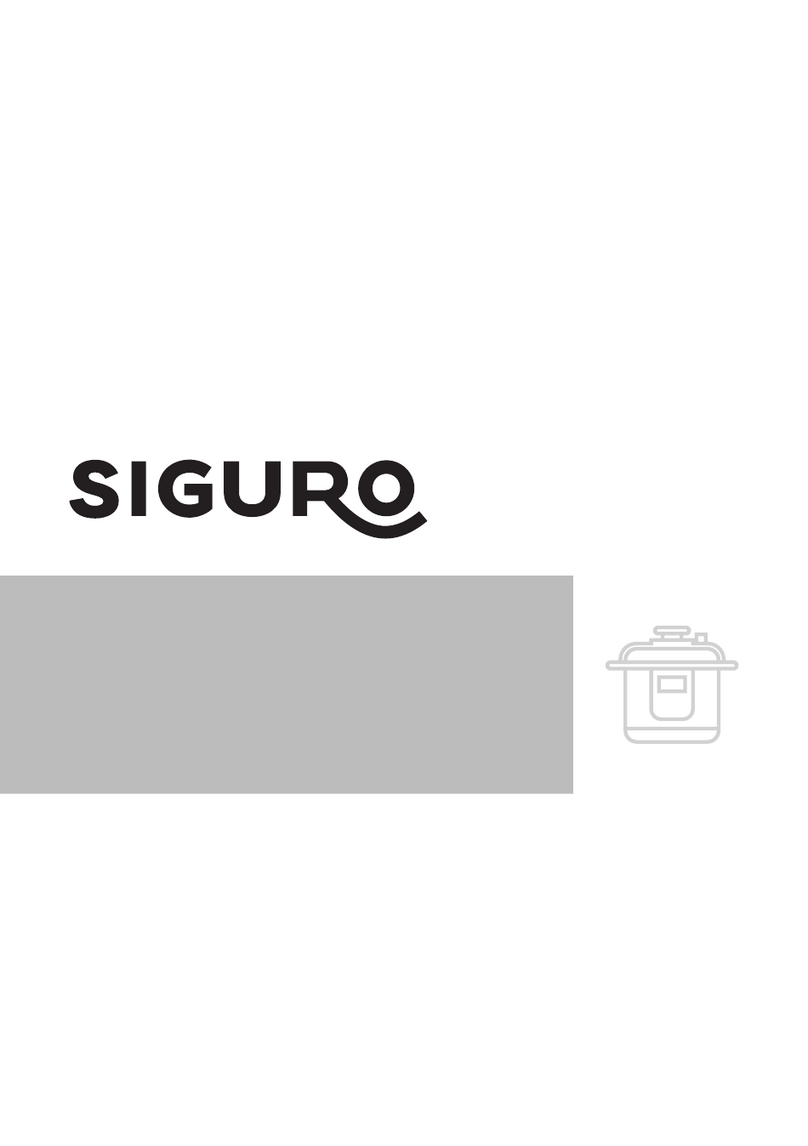
SIGURO
SIGURO SGR-MP-P400B Translation of the operating instructions

LOCO COOKERS
LOCO COOKERS LCTSKSS42 Owner's manual & assembly instructions

